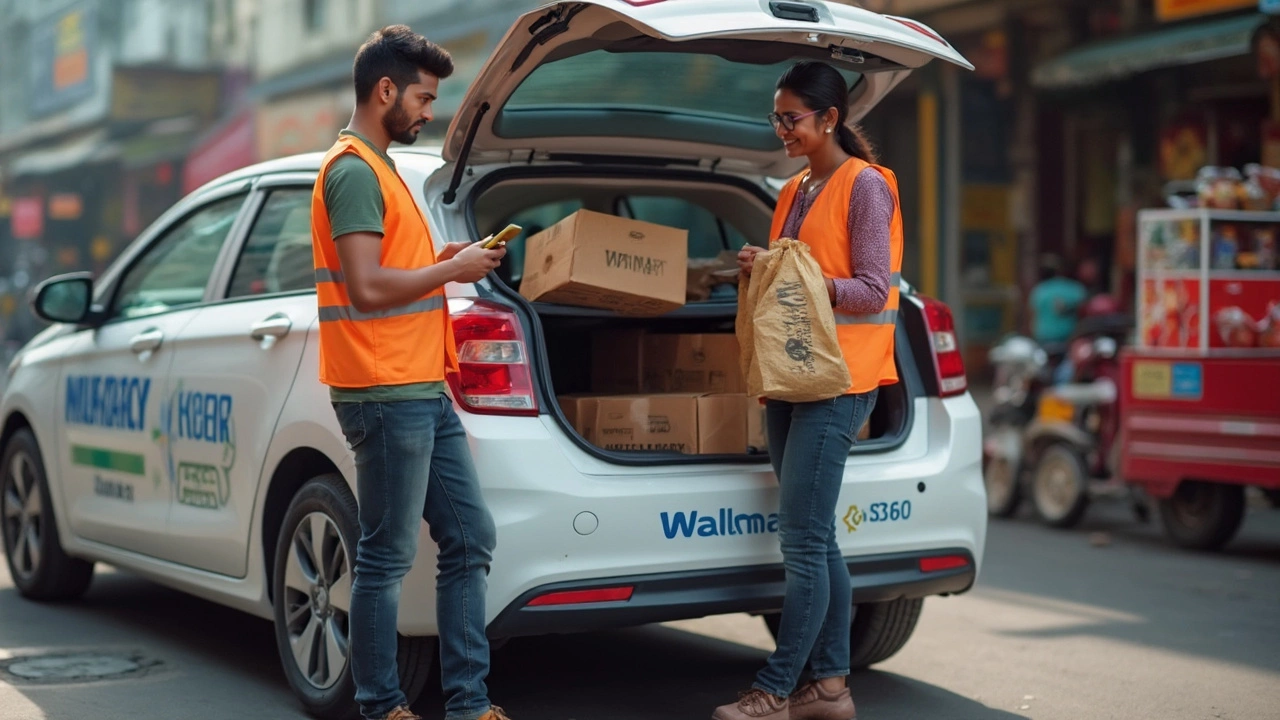Delivery App: Your Shortcut to Faster, Smarter Logistics
Running a business that ships products means you’re always looking for ways to move goods quicker and cheaper. A delivery app does exactly that – it puts the whole shipping process in the palm of your hand. From assigning drivers to tracking parcels in real time, the right app can turn a chaotic operation into a smooth, predictable flow.
Most delivery apps combine a few core features: live GPS tracking, automated route planning, payment collection, and instant customer notifications. When these pieces work together, you get fewer missed deliveries, lower fuel spend, and happier customers. The best part is that you don’t need a massive IT team to set it up – many solutions are cloud‑based and ready to use after a quick onboarding.
How to Pick the Right Delivery App
Here’s a quick checklist to narrow down your options:
1. Real‑time tracking. You should see every driver’s location on a map and get alerts when a parcel is delivered or delayed.
2. Route optimization. The app must suggest the fastest, most fuel‑efficient routes based on traffic and distance.
3. Integration with your existing tools. Whether you use a warehouse management system (WMS) or an e‑commerce platform, the app should sync without manual data entry.
4. Payment flexibility. Look for built‑in cash‑on‑delivery, card, and digital wallet options so you can collect money on the spot.
5. Customer updates. Automated SMS or email notifications keep buyers in the loop and reduce support tickets.
Once you have a shortlist, request a free trial. Test the onboarding speed, driver app usability, and how the dashboard presents data. If the UI feels clunky or the support team is slow, you’ll waste time later.
Real‑World Benefits for Small and Large Companies
Small shops often think a delivery app is only for big players, but that’s a myth. A local grocery store can use a simple app to schedule same‑day deliveries, accept payments, and send a “your order is on the way” message. The result is more repeat business and less time spent on phone calls.
Large enterprises gain even more. With hundreds of drivers, a centralized app provides a single source of truth for all shipments. Managers can spot bottlenecks, reassign drivers on the fly, and generate performance reports that drive continuous improvement.
Another advantage is cost control. By optimizing routes, companies typically shave 10‑15 % off fuel expenses. Accurate mileage tracking also prevents over‑charging and helps with budgeting.
Finally, data matters. Most delivery apps store historical data that you can analyze for trends – like peak delivery times or most‑served zones. That insight lets you plan inventory, staff shifts, and marketing offers more effectively.
Whether you run a one‑person startup or a nationwide distribution network, a delivery app can be the missing link that turns slow, manual processes into a fast, automated system. Start with a short trial, focus on the core features that matter to your business, and watch the improvement roll in.
Walmart Spark Driver: What It’s Really Like Delivering for Walmart
Curious about being a Walmart Spark driver? This article breaks down exactly how the job works, the daily routine, and what drivers actually do. Find out how much you can make, what makes the Spark platform unique, and what you'll need before signing up. Get tips from real experiences so you know exactly what to expect. Everything you’ve wanted to know about Walmart’s delivery gig—no sugarcoating.
Read More